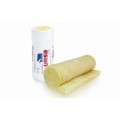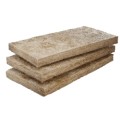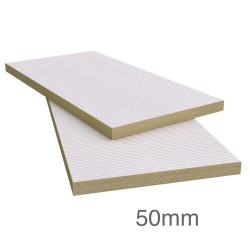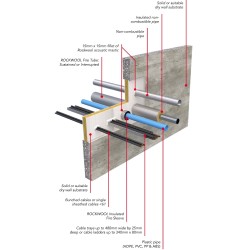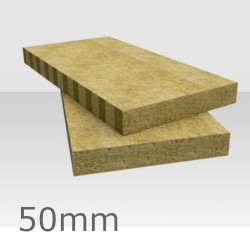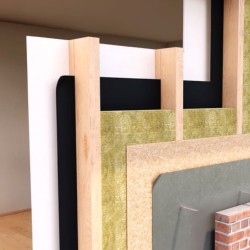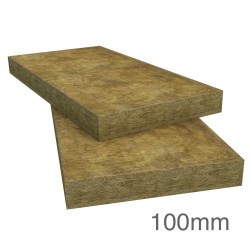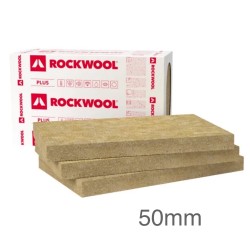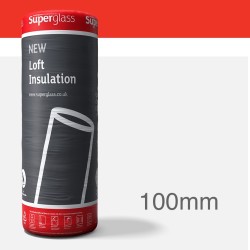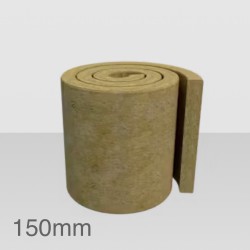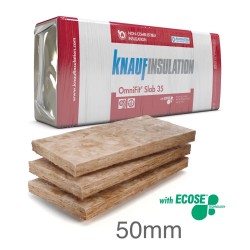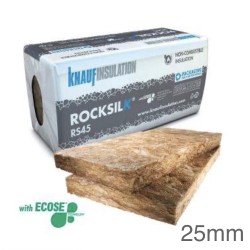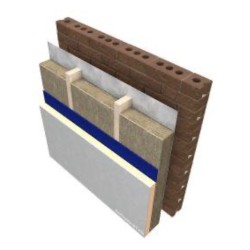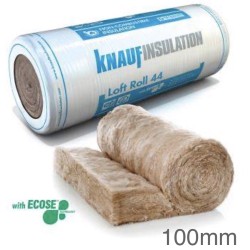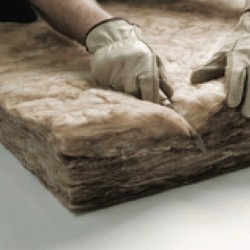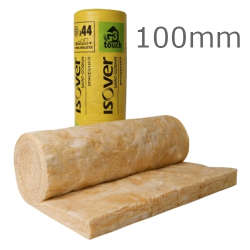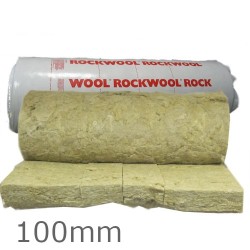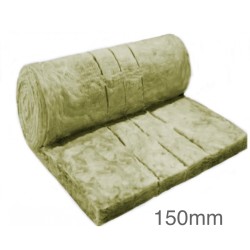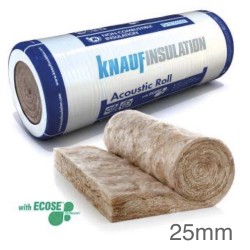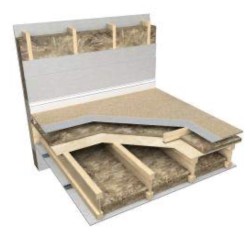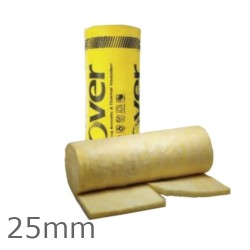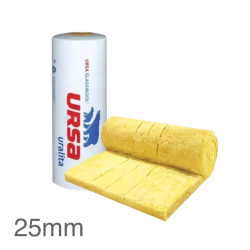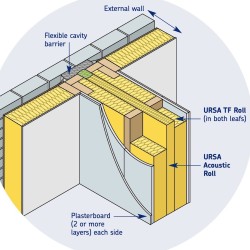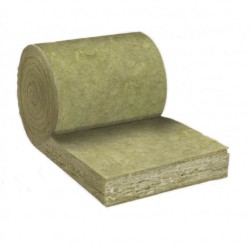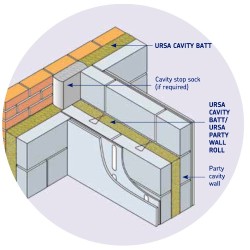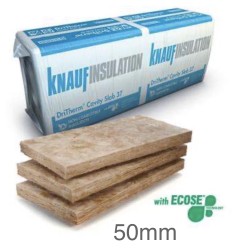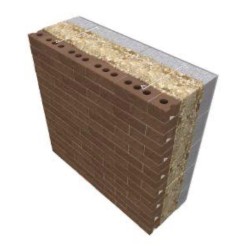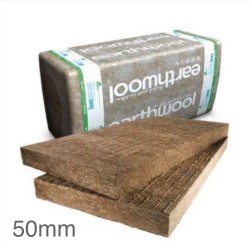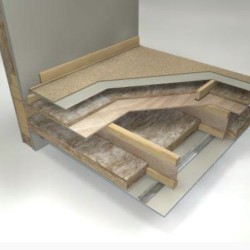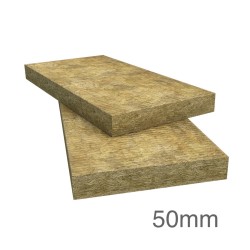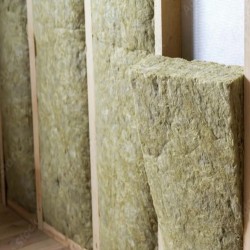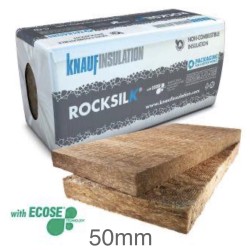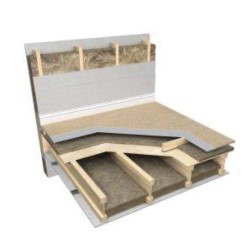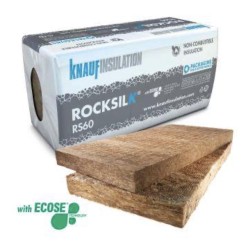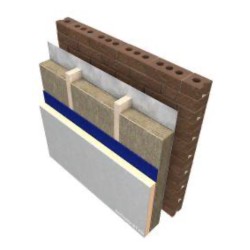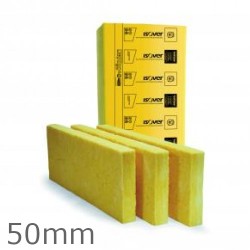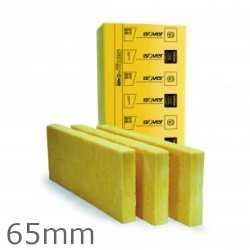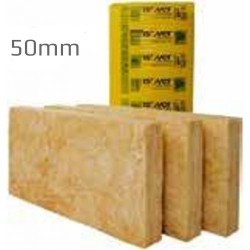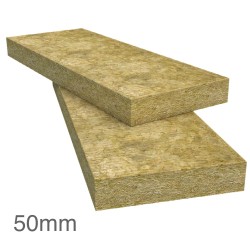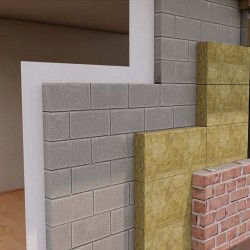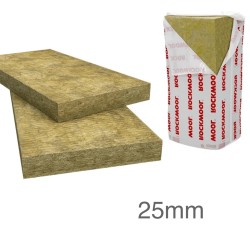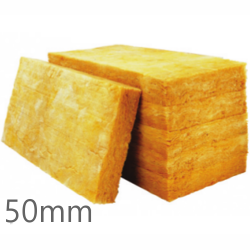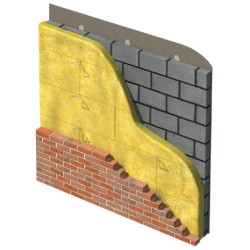Glass and Rock Wool Insulation
Glass Wool Insulation
Glass mineral wool is made from sand and recycled glass, limestone and soda ash. The glass is spun to form millions of fine fibres. A resin is used to bind the long fibres together to form a mat of material giving good tear strength. The density of the product determines whether the insulation is a lightweight quilt supplied in rolls, a flexible slab or a rigid slab, and it’s thermal insulation value.
- Loft insulation
- Cavity wall insulation
- Within partitions and floors
- Suitable for temperatures up to 230°C.
- Typically includes 30 – 60% of post consumer waste
- A formaldehyde-free binder is available in some brands
- Reusable if in a suitable condition
- Recyclable
- Relatively low-density of material in use reduces overall environmental impact
- Inherently non-combustible and resistant to rot
- Emissions associated with the manufacture of glass wool - mostly in energy generation. UK emissions are within legally defined limits
Rock Wool Insulation
Rock wool (also known as mineral wool or stone wool) is manufactured from molten rock in a furnace through which a stream of air or steam is blown at temperature of about 1600 °C. The final product creates a mass of fine, intertwined fibres which may contain binder (often food grade starch) and an oil to reduce dusting. When pressed into rolls and sheets their ability to partition air makes them excellent heat insulators and sound absorbers. The insulation is produced in a variety of densities according to format and function.
- Masonry cavity walls
- Timber frame walls
- Roof rafter insulation
- Loft and suspended floor insulation
- Acoustic separation of flats
- Other sound deadening applications
- Can comprise around 23% of secondary industrial waste
- Recyclable
- Inherently non-combustible and resistant to rot
- A formaldehyde-free binder is available in some brands
- Production emissions include carbon monoxide, formaldehyde and phenol. The release of these emissions is reduced through use of an afterburner. UK emissions are within legally defined limits
- Though mineral wool is no longer classified as a skin irritant, wearing of protective clothing is recommended during installation


































































































































